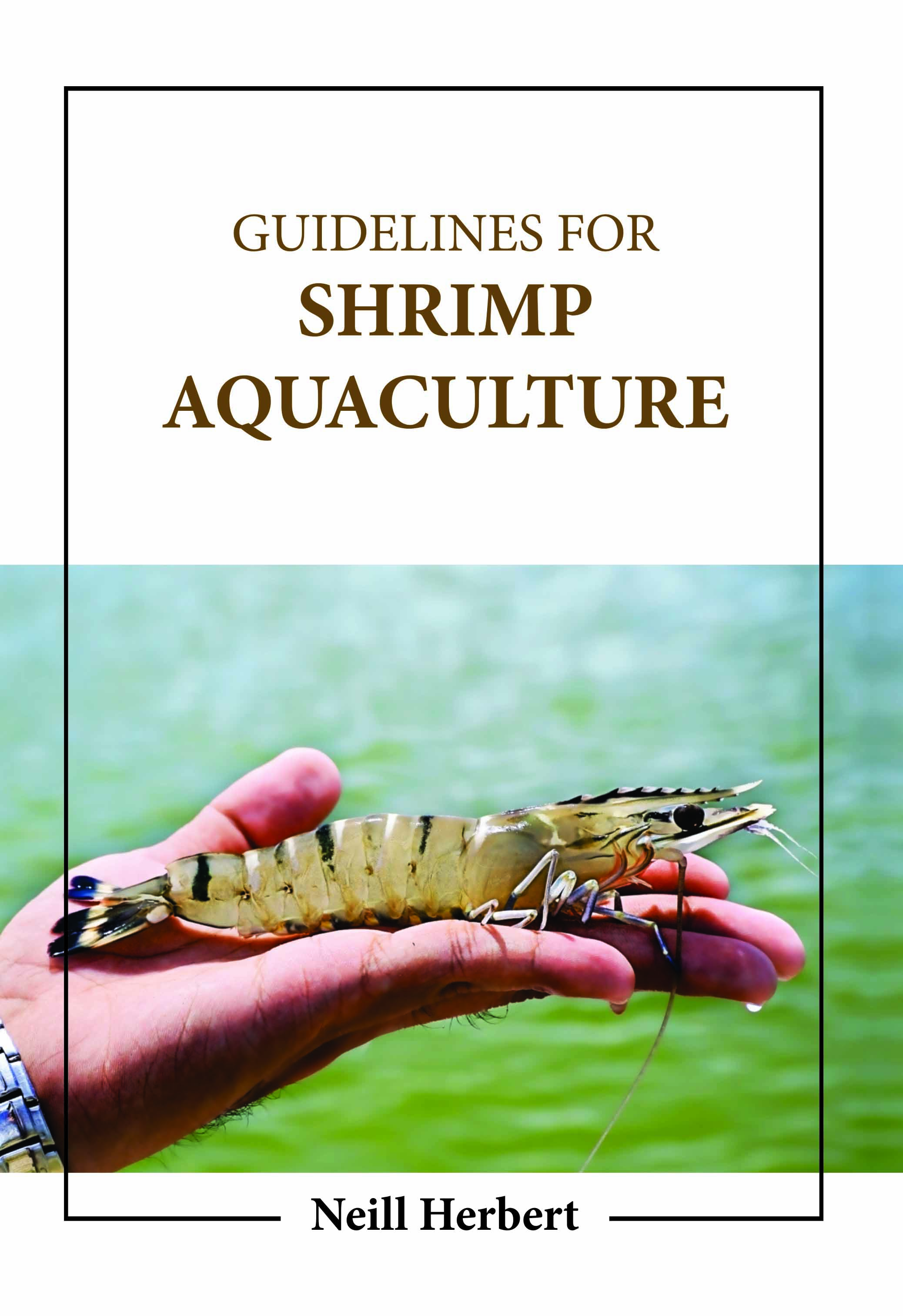
Guidelines for Shrimp Aquaculture
by Neill Herbert
| ISBN | 9781806249343 |
|---|---|
| Publisher | Digital Drive Learning |
| Copyright Year | 2026 |
| Price | $273.00 |

by Neill Herbert
| ISBN | 9781806249343 |
|---|---|
| Publisher | Digital Drive Learning |
| Copyright Year | 2026 |
| Price | $273.00 |
The production of shrimp or prawns (crustaceans of the groups Caridea or Dendrobranchiata) for human consumption, shrimp farming is an aquaculture enterprise that operates in either a marine or freshwater environment. Due to a significant increase in demand, primarily from the United States, Europe, and Japan, shrimp farming has become one of the most significant economic activities in many tropical nations in Asia and Latin America over the past three decades. Exporting shrimp has recently become a substantial contributor to the national economy, creating jobs and livelihoods. It has also become a key consumer good in international trade. Unfortunately, the ponds where the shrimp are maintained are frequently densely populated, providing the ideal conditions for diseases to spread swiftly. An epidemic nearly destroyed the aquaculture shrimp business in the late 1980s. The farms are frequently abandoned after an event, and a new mangrove forest area is cleared to start a new business. 55 percent of the shrimp produced worldwide is raised in aquaculture. Most shrimp aquaculture occurs in China, followed by Thailand, Indonesia, India, Vietnam, Brazil, Ecuador, and Bangladesh. In these emerging nations, shrimp farming has produced significant money. Shrimp lovers in the United States, Europe, Japan, and other countries now have easier access to shrimp thanks to farming. To increase productivity, profit-driven investors have industrialized farming practices, sometimes at high environmental costs. This book recounts historical events and current conditions while describing the fundamentals and methods of shrimp production at a particular moment.